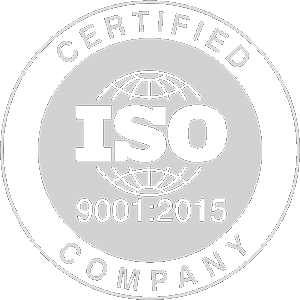Here at Gemini Pro-Lon, we have set up a world-class PTFE blending operation, and custom compounding is something we like to offer our customers. There are many industry standards compounds, but sometimes there are special or proprietary formulas that are needed for the job. We are here to help.
Below is some useful information, as well as a custom compounding form to pick and choose your own custom PTFE compound for quoting.
Milled Fiber Glass
Milled Fiber Glass is by far the most common filler and is widely used in almost all industries.
Enhancing wear resistance, lowering creep, and improving compressive strength are just a few advantages glass can give PTFE. Standard milled glass is 1/32” strands. All glass is treated in-house to relieve oxidation that can sometimes tinge a cosmetic appearance.
Carbon
Carbon improves compression, wear resistance, and has very good thermal conductivity.
There are several grades of carbon on the market, from activated carbon to coke flour, and even carbon fiber. Carbon fiber compounds are excellent for reducing creep while still bolstering the advantages of carbon itself. Carbons are a lot of times used with graphite for even better wear and friction properties.
Graphite
Graphite adds additional lubricity and decreases wear on PTFE.
It is a flakey crystal modification of carbon that can enhance an already low coefficient of friction and increases electrical conductivity. Combining graphite with carbon or glass is very typical when the added properties of graphite are needed.
Molybdenum (MoS2)
Molybdenum is primarily used in lowering the coefficient of friction and wear resistance.
“Moly” has a crystal structure a lot like graphite, but unlike graphite is Moly is very effective lubricant in extreme pressures. Molybdenum can be added by itself to PTFE; however, it is often time added to bronze and glass formulas. There are several grades of Molybdenum out there, inquire within.
Bronze
Bronze vastly increases thermal conductivity and wear resistance.
While compounding bronze with PTFE can increase friction, this can be overcome by the addition of molybdenum to the formula. Bronze fillers, however, have a poor chemical resistance when compared to most PTFE fillers.
Polyimide
Polyimide thrives in dry, start-stop applications and achieves the lowest coefficient of friction of all fillers.
The advantage of not wearing the opposing surface is where polyimide stands out but mind you this is also one of the most expensive fillers on the market.
Stainless Steel
Stainless steel is typically used in the food and drink industry.
High-temp applications such as hot liquids and steam call for a filler that has very high structural strength and purity.
316L stainless steel meets the requirements for this application. Typically blended in 50% with PTFE.
Pigments
Pigments are primarily used in color coding or part identification.
Full-color spectrum can be implemented to separate or identify parts. We welcome customers to work with us on custom colors to set your companies’ machined parts apart from the crowd.
Custom Compounding – Request A Quote
"*" indicates required fields
